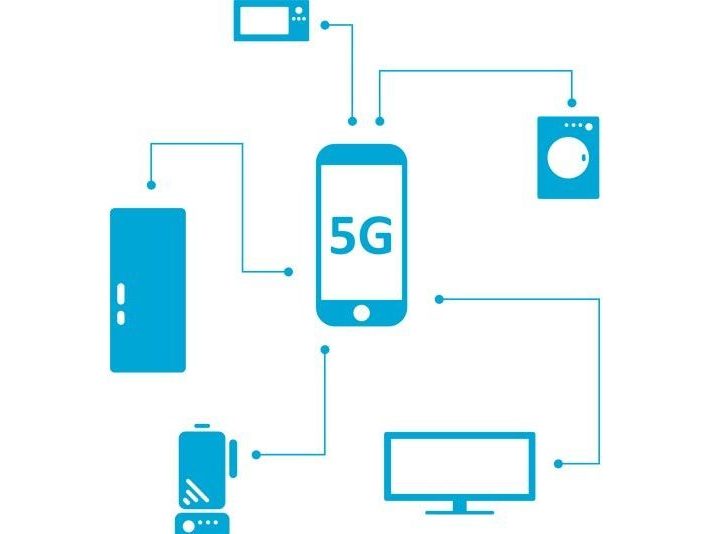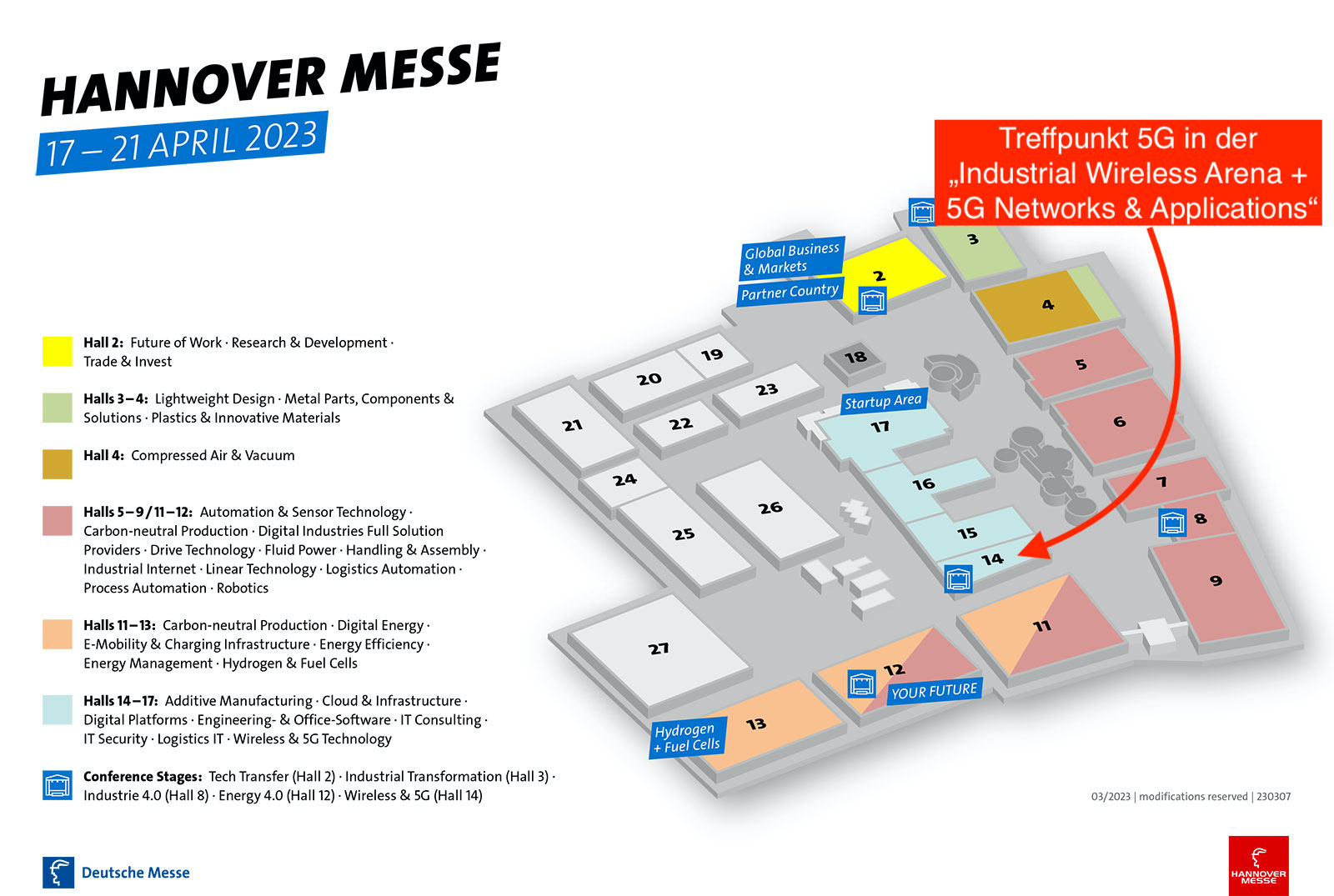It was not only the decentralized work in the pandemic that showed how important it is to deal with the issue of cyber security. It is essential to protect the networks as best as possible. (Picture: Pixabay)
When it comes to the topic of 5G and networks, the issue of security almost always comes up as well. It is important for companies to deal with this topic independently of mobile communications. This applies to all types of companies, since attackers are also changing industries. The article shows current examples of where there is support in terms of cyber security.
While China has deployed nearly one million 5G base stations this summer, covering more than 95% of counties and 35 percent of rural communities (as announced by the Ministry of Industry and Information Technology at the World 5G Convention 2021 in Beijing in late August), the focus in Europe in the middle of the year is more on security.
According to NTT’s Global Threat Intelligence Report 2021 (GTIR), the healthcare sector saw a 200% increase in attacks worldwide in 2020 compared to the previous year. From October 2020 to January 2021 alone, the increase in detected cyberattacks on the healthcare sector was approximately 45%.
The report shows that web application and application-specific attacks were most prevalent last year. One reason is that more and more organizations are offering remote access through the use of client portals, for example. The healthcare sector was also the hardest hit, partly due to the increasing use of telemedicine and remote care: 97% of all hostile activities were web application or application-specific attacks.
A look at the U.S. also shows that the targets of cyberattacks are changing: In 2020, the top three target industries were finance, manufacturing and healthcare. Attacks on manufacturing increased from 7% last year to 22%, healthcare from 7% to 17%, and finance from 15% to 23%. While healthcare was the 7th most attacked industry in 2019, it is now the 3rd most attacked industry.
Network security in the 5G certification program
Companies that thrive on functioning networks are trying to address and educate about security risks. For example, Nokia has announced a new 5G course and certification for network security. The Nokia Bell Labs 5G Secured Networks course is part of Nokia’s program to train and certify professionals in 5G technology, from network access to application management.
The new course addresses the vulnerabilities faced by all industries, governments and individuals to secure 5G systems. As 5G becomes a key element of emerging mission-critical Industry 4.0 solutions, securing 5G networks has become an important industry task that requires comprehensive end-to-end solutions.
The course aims to create greater awareness of network and protection vulnerabilities and how to address them. Nokia itself believes it is well positioned to address network security challenges in the 5G world and says it has completed more than 500 security projects worldwide over the past 15 years and plays an active role in more than five standardization bodies that develop the latest security standards and best practices.
Security solution based on firewalls
Providers such as 1&1 Versatel are also listening to the security concerns of potential customers and are including security as a compelling argument in their portfolio. As part of a cooperation agreement, the company is now marketing a secure SD-WAN (Software-Defined Networking in a Wide Area Network), a security solution based on firewalls from the manufacturer Fortinet. The telecommunications specialist is thus adding a security-oriented network solution to its existing SD-WAN portfolio.
According to 1&1 Versatel, the solution is transparent, scalable and offers comprehensive reporting and control options, thus providing reliable and highly efficient management of all connections in a company network – whether from the closed VPN, the cloud, the Internet or from mobile devices. At the same time, the network is reliably protected with high-performance business processes and applications. The SD-WAN solution combines next-generation firewalls (NGFW), advanced routing, self-generating SD-WAN capabilities and native Zero Trust Network Access (ZTNA) applications with dedicated user application access – enabling secure, location-independent work, while also providing intuitive orchestration of applications.
“The need for cyber security is great, especially in light of the increasing popularity of remote work. The SD-WAN solution we provide based on the Fortinet platform enables companies to reduce the complexity of their networks and protect themselves against cyber attacks.”
Dr. Sören Trebst, CEO of 1&1 Versatel
Security tips for small and medium-sized enterprises
Kaspersky focuses on the fact that security is also an issue of financial possibilities. A recent Kaspersky analysis shows that almost half of European companies (47 percent) that have experienced financial difficulties in the past twelve months are likely to continue to do so. In most cases, the issue of cybersecurity is not included in budget planning: More than half (51 percent) of SMEs in Europe struggle to allocate adequate funds to improve cybersecurity – even when they understand its importance. That’s why the company is introducing a free platform with tips and tricks for small and medium-sized businesses. Cybersecurity On a Budget encourages and supports businesses to close those gaps or review the status of their IT security.
The platform aims to optimize an organization’s cybersecurity quickly and easily. Cybersecurity On a Budget offers a range of directly actionable recommendations for any organization, as well as specific yet easy-to-follow advice for various industry and business needs. These include data, communications and website protection, as well as the secure use of digital platforms, among others.
The platform is divided into three main areas: 1. learn best practices on general routines and processes within a company, such as how to secure customer databases, reports and important data; 2. recommendations on how to save IT costs; and 3. tips on how to organize internal and external company communications.
In addition to the general recommendations, the platform includes guidelines for specific requirements of different companies, for example if they operate in the healthcare sector, deal with intellectual property or work with freelancers. This is because they have to meet special requirements in order to secure data or comply with regulatory requirements.








Leave A Comment